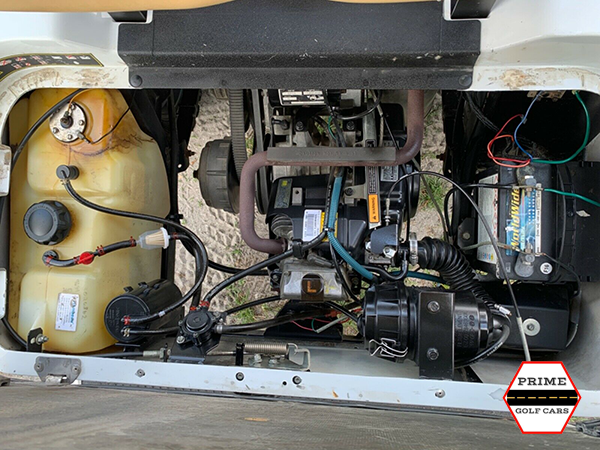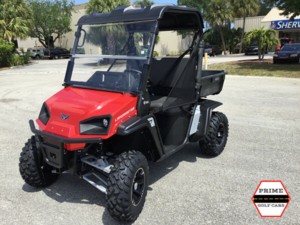Recently added to our main website, Prime Golf Cars, the Elite EV golf cart, now available with the 2+2 passenger (4 passenger) classic and lifted golf carts, and 4+2 passenger (6 passenger) classic and lifted golf carts. The Elite EV golf cart retains the classic body style of other golf cart brands – with 2 or 4 seats facing forward and 2 seats facing backward – while keeping up-to-date with the newest golf cart technology. The standard carts have smaller, smooth tires more suited for street use, as opposed to the bumpy tires of a lifted golf cart. As a street ready vehicle, it includes all safety features – headlights, taillights, brake lights, turn signals, horn -, and is allowed on public roads with a posted speed limit of 35mph or less. The Elite EV golf cart comes in a range of colors and also features 10 inch alloy rims, functional front and rear bumpers, digital gauges, and more.
 |
 |
| 6 Passenger Elite EV | 6 Passenger Lifted Elite EV |
 |
 |
Colors available: Black, white, midnight blue, Bahama blue, electric blue, cabernet, champagne, and metallic silver.
Custom colors, which include margarita, candy apple green, canary yellow and cotton candy pink, are also available – contact us for more information!
ELITE EV GOLF CART SPECIFICATIONS
Speed: 25 mph with Plenty of Power for Hills
Range: 50 Miles (Lithium), or 30 Miles (Lead Acid)
Windshield: Foldable and Tinted Acrylic
Roof and Body: Matching and Painted to Bring Out Deep Metallic Colors
Mirrors: Fully Adjustable and Foldable
Floor: High-Density Polyethylene Molded for Extra Strength
Wheels: 10-inch or 12-inch Machined Aluminum
Drivetrain: 10.5:1 or 14:1 High Speed Rear Axle
Chassis: Powder Coated Steel Frame
Instrumentation: Fully Integrated Digital Instrument Cluster
Lighting and Signals: LED Hi & Lo Beam Headlights with Daytime Running Lights, LED Signal Lights in Side Mirrors, Taillights, and Horn
Safety Restraint: Side Hip Restraint & Retractable Seat Belts
Braking System: Four Wheel Disk Brakes and Electromagnetic Parking Brake System
Steering: Self-Adjusting Double-Ended Rack and Pinion
Dash Components: Forward/Neutral/Reverse Switch, USB, Cubby Storage, and Multiple Cup Holders
Seats: Marine Grade Vinyl, Fully Foldable Rear Seat for Hauling Extra Cargo
Chassis: A-Frame powder coated Steel. Four Wheel Coil Over Shock Suspension, Four Wheel Hydraulic Disc Brakes.
Top Support: Galvanized Steel. Anti-Corrosive Dip w/ Powder Coat
Body: PP Material
ELECTRICAL SYSTEMS
Controller: 450A Elite Controller
Motor: 48V 4KW 3 Phase High Torque Motor
Charger: 48V On-Board Pro-Charging System with Digital Charge Indicators
Batteries: (6) 8 Volt Sealed Maintenance-Free AGM or Elite Lithium Pack System
ELITE EV GOLF CART ACCESSORIES
Lights: Head, tail, brake, and turn signals
Wheels: 10 inch or 12 inch
Other: Charge indicator, horn, digital speedometer, gauges, side mirrors, seat belts
Optional: A full line of accessory upgrades and parts
We always have dozens of carts available in our main location, our Riviera Beach store – click this link to be taken to our main website, where you can view specifications and galleries of the different cart brands we carry. Check out our blog about the Evolution D3 golf cart, as well as our blog about Bintelli golf carts and T-Sport golf carts, for more information on other golf cart brands we recently begun carrying.






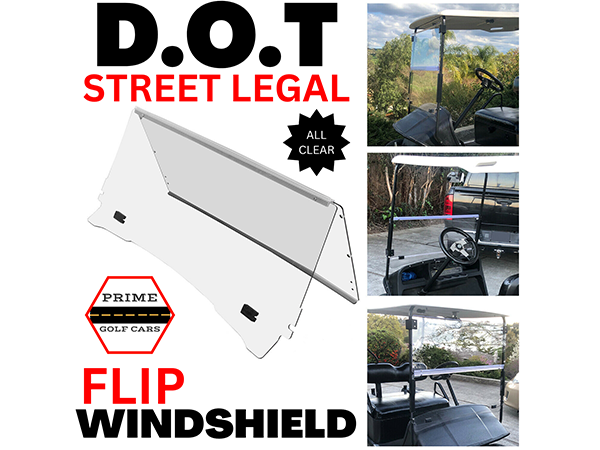
 DOT Golf Cart Windshield for
DOT Golf Cart Windshield for  DOT Golf Cart Windshield for
DOT Golf Cart Windshield for  DOT Golf Cart Windshield for
DOT Golf Cart Windshield for  DOT Golf Cart Windshield for
DOT Golf Cart Windshield for 








 Our last blog was all about our newly introduced
Our last blog was all about our newly introduced  We’ve been carrying the Bintelli Beyond and Bintelli Nemesis golf carts for a while in our Riviera Beach location, with several different body styles available: 4 and 6 passenger carts, both lifted and nonlifted, are displayed and available for purchase at our massive main location in Riviera Beach. With each cart coming fully loaded with a multitude of accessories, our fleet of Bintelli golf carts are premium, high-end carts that are truly like no other. Bintelli Beyond carts come complete with an AC motor, LED lighting, a backup camera, a Bluetooth sound system, a color-matched extended roof, a rear set that can be flipped and turned into a flatbed-like surface for transporting materials, two-toned premium seats, hydraulic disk brakes, head lights and tail lights, dual USB plugs, an onboard smart charger, turn signals, DOT 3-point seat belts, a DOT windshield with powerful wipers, and DOT tires. Standard models have 14 inch wheels, and lifted models have 23 inch tires. The Bintelli Nemesis has all of the same features except for the Bluetooth sound system, and includes a flip seat with cupholders with drop-in cooler.
We’ve been carrying the Bintelli Beyond and Bintelli Nemesis golf carts for a while in our Riviera Beach location, with several different body styles available: 4 and 6 passenger carts, both lifted and nonlifted, are displayed and available for purchase at our massive main location in Riviera Beach. With each cart coming fully loaded with a multitude of accessories, our fleet of Bintelli golf carts are premium, high-end carts that are truly like no other. Bintelli Beyond carts come complete with an AC motor, LED lighting, a backup camera, a Bluetooth sound system, a color-matched extended roof, a rear set that can be flipped and turned into a flatbed-like surface for transporting materials, two-toned premium seats, hydraulic disk brakes, head lights and tail lights, dual USB plugs, an onboard smart charger, turn signals, DOT 3-point seat belts, a DOT windshield with powerful wipers, and DOT tires. Standard models have 14 inch wheels, and lifted models have 23 inch tires. The Bintelli Nemesis has all of the same features except for the Bluetooth sound system, and includes a flip seat with cupholders with drop-in cooler. Bintelli carts are street ready with all the safety features – head lights and tail lights, brake lights, turn signals, seat belts, horn, and windshield wipers – that enable them to be registered as low speed vehicles (LSVs), which would license them for street use on any public roads with a posted speed limit of 35 mph or less. Their maximum forward speed is approximately 20-25 mph, and depending on the type of cart and battery, their running distance can reach between 30-40 miles, with the option of upgrading to a longer range battery for an additional fee.
Bintelli carts are street ready with all the safety features – head lights and tail lights, brake lights, turn signals, seat belts, horn, and windshield wipers – that enable them to be registered as low speed vehicles (LSVs), which would license them for street use on any public roads with a posted speed limit of 35 mph or less. Their maximum forward speed is approximately 20-25 mph, and depending on the type of cart and battery, their running distance can reach between 30-40 miles, with the option of upgrading to a longer range battery for an additional fee.

















 Most golf cart chargers use a 3-stage charging algorithm, consisting of a bulk charge stage, absorption charge stage, and finish charge stage. This algorithm determines how much power returns to the battery at various intervals, in order to make sure it is not undercharged or overcharged. During the bulk charge stage, about 80% of the discharged battery power will be recharged, usually taking around 4-8 hours depending on how low the battery charge was. The second stage, the absorption charge stage, the charge current slowly decreases until the 100% of the discharged battery power is recharged – however, this does not mean the battery is fully recharged. The final stage, the finish charge stage, slightly and safely overcharges the battery to account for efficiency losses. When using the right size charger, the battery is safely overcharged without damage.
Most golf cart chargers use a 3-stage charging algorithm, consisting of a bulk charge stage, absorption charge stage, and finish charge stage. This algorithm determines how much power returns to the battery at various intervals, in order to make sure it is not undercharged or overcharged. During the bulk charge stage, about 80% of the discharged battery power will be recharged, usually taking around 4-8 hours depending on how low the battery charge was. The second stage, the absorption charge stage, the charge current slowly decreases until the 100% of the discharged battery power is recharged – however, this does not mean the battery is fully recharged. The final stage, the finish charge stage, slightly and safely overcharges the battery to account for efficiency losses. When using the right size charger, the battery is safely overcharged without damage. When charging lead-acid golf cart batteries, it’s important to do it in a well-ventilated area. One of our recommendations is also to lift up the seat that covers the batteries – in 4 passenger carts, they are most often under the front 2 seats, and 6 passenger carts mostly have them under the middle row of seats – either before or directly after plugging in the charger. This is because when a lead-acid battery system is plugged in, as it begins charging, it can release hazardous fumes from the chemicals inside the batteries. Build-up of these fumes under the seats can be dangerous, so to avoid this, either leave the seat up as the batteries charge, or lift the seat and allow any possible fumes to clear out and ventilate before putting the seat back down.
When charging lead-acid golf cart batteries, it’s important to do it in a well-ventilated area. One of our recommendations is also to lift up the seat that covers the batteries – in 4 passenger carts, they are most often under the front 2 seats, and 6 passenger carts mostly have them under the middle row of seats – either before or directly after plugging in the charger. This is because when a lead-acid battery system is plugged in, as it begins charging, it can release hazardous fumes from the chemicals inside the batteries. Build-up of these fumes under the seats can be dangerous, so to avoid this, either leave the seat up as the batteries charge, or lift the seat and allow any possible fumes to clear out and ventilate before putting the seat back down.





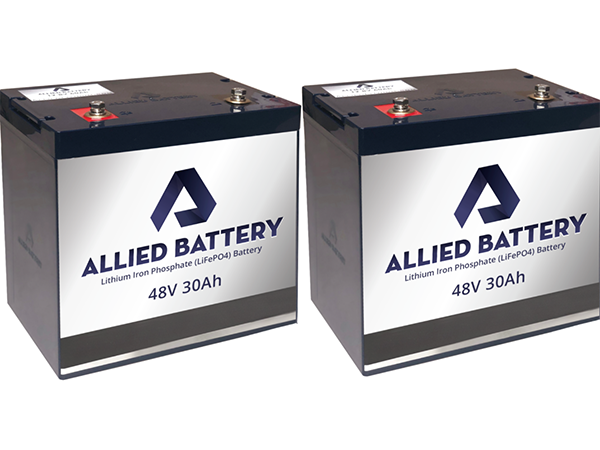



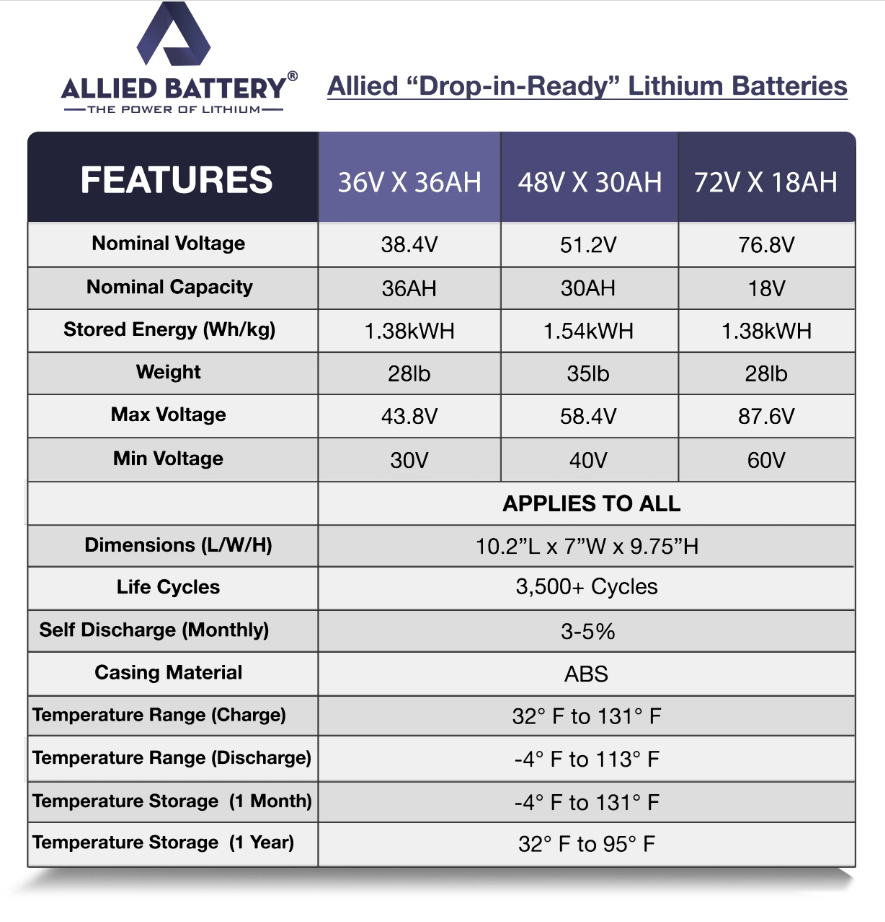

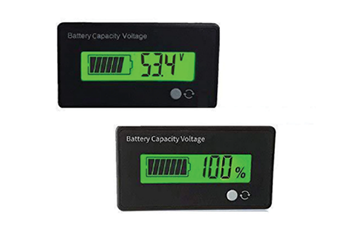
 These are easily the most common golf carts, and you’ve likely seen one or more either on a golf course, being used for security in a plaza parking lot, transporting passengers around a job or event site, and many other uses. They are not readily made to be street legal, so you’ll often use them for event transportation or campsites. However, they can be upgraded with the safety features required to become street legal, but they do not come standard with these.
These are easily the most common golf carts, and you’ve likely seen one or more either on a golf course, being used for security in a plaza parking lot, transporting passengers around a job or event site, and many other uses. They are not readily made to be street legal, so you’ll often use them for event transportation or campsites. However, they can be upgraded with the safety features required to become street legal, but they do not come standard with these. Because they are so common, they are also incredibly easy to find parts for – we have a variety of accessories and replacement parts available for all these carts at our parts website,
Because they are so common, they are also incredibly easy to find parts for – we have a variety of accessories and replacement parts available for all these carts at our parts website, 





 Our Advanced EV carts make up a large part of both our rentals and sales fleet, many of our street legal golf cart rental carts being Advanced EV carts. We offer various golf cart accessories for Advanced EV carts as well, including but not limited to: custom two-tone seats available in a variety of colors, many colors of custom steering wheels, locking dashes that are installed to create a locking compartment in the dash, black, white, and tan enclosures, a front or inner dash basket, and side nerf bars for 4 or 6 passenger carts. To see our Advanced EV accessories, along with our various other golf cart brands accessories, visit our
Our Advanced EV carts make up a large part of both our rentals and sales fleet, many of our street legal golf cart rental carts being Advanced EV carts. We offer various golf cart accessories for Advanced EV carts as well, including but not limited to: custom two-tone seats available in a variety of colors, many colors of custom steering wheels, locking dashes that are installed to create a locking compartment in the dash, black, white, and tan enclosures, a front or inner dash basket, and side nerf bars for 4 or 6 passenger carts. To see our Advanced EV accessories, along with our various other golf cart brands accessories, visit our  The Advanced EV comes in a variety of colors, and comes with the standard features of: headlights, tail lights and brake lights, turn signals, horn, speedometer, odometer, state-of-charge meter, dual USB outlets, side-mounted rear view mirrors, heavy duty rust-resistant convertible rear seat/cargo platform with grab bar and foot rest, and 3 point retractable seat belts and grab handles for all passengers. A tinted folding windshield is also available. Many of the features listed above are required for a golf cart to be registered as an LSV, so with its multiple safety features and maximum speed of 24mph, the Advanced EV is ready to become registered as a street legal vehicle.
The Advanced EV comes in a variety of colors, and comes with the standard features of: headlights, tail lights and brake lights, turn signals, horn, speedometer, odometer, state-of-charge meter, dual USB outlets, side-mounted rear view mirrors, heavy duty rust-resistant convertible rear seat/cargo platform with grab bar and foot rest, and 3 point retractable seat belts and grab handles for all passengers. A tinted folding windshield is also available. Many of the features listed above are required for a golf cart to be registered as an LSV, so with its multiple safety features and maximum speed of 24mph, the Advanced EV is ready to become registered as a street legal vehicle.







 We have
We have 










